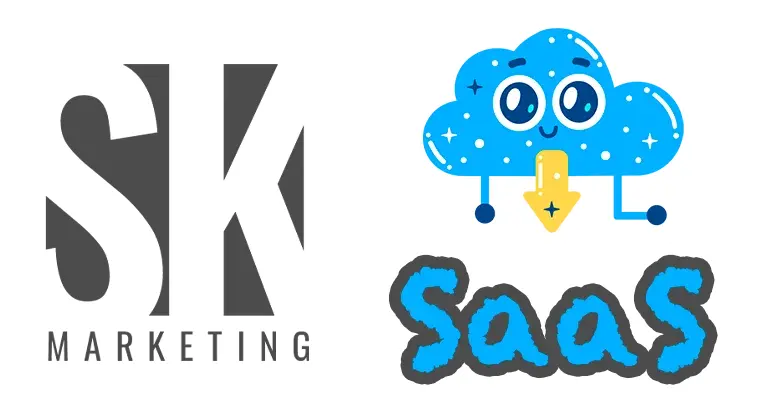
SaaS (Software-as-a-Service) is a software delivery model in which applications are accessed via the Internet on a subscription basis. Unlike traditional software products, SaaS does not require installation on local computers or servers, and all updates, support and infrastructure are provided by the provider.
How does SaaS work?
When using SaaS applications, users access the software through a web browser, which simplifies implementation and use. All data processing and storage takes place on the supplier's servers, so customers do not need to worry about the technical infrastructure. Typical examples are services such as Google Workspace, Microsoft 365, Salesforce and Slack.
The SaaS model assumes that customers subscribe to use the software and pay monthly or annually for access. This allows companies to quickly scale the use of the software depending on current needs.
Main advantages of SaaS
1. Resource saving
SaaS eliminates the need to purchase and maintain your own IT infrastructure. Companies can save on servers, licenses and updates, as well as reduce the workload on IT departments.
2. Quick deployment and update
Since the software is hosted on the provider's servers, all updates and bug fixes occur automatically, without user intervention. This minimizes downtime and allows you to always use the latest versions of programs.
3. Accessibility and mobility
SaaS applications are available from anywhere with the Internet. This is especially important for remote work and hybrid teams, providing employees with the ability to connect to work tools from any device.
4. Scalability
SaaS allows companies to quickly adapt to changes in the business scale by adding or decreasing the number of users without the need to purchase additional licenses.
5. Security and backup
Most SaaS providers provide a high level of data protection and regular backups, which minimizes the risk of data loss in case of technical failures.
Examples of popular SaaS solutions
- Google Workspace: collaboration tools, including Gmail, Google Docs and Drive.
- Microsoft 365: office applications with access via the cloud, including Word, Excel and Teams.
- Salesforce: a customer relationship management (CRM) platform popular among companies of all sizes.
- Slack and Zoom: communication and video conferencing applications that are actively used to organize remote work.
SaaS in business and its importance
SaaS is actively used in both large corporations and small businesses. For example, startups often choose SaaS platforms because of their availability and quick scalability. With the help of SaaS, companies can reduce the time to launch products and focus on business development rather than infrastructure maintenance.
According to analytics, the SaaS market is growing rapidly, and more and more companies are switching to this model due to its flexibility and low costs. Areas where SaaS is particularly in demand include the financial sector, education, healthcare and marketing.
SaaS has become a key element of digital business transformation, giving companies the opportunity to optimize processes and increase productivity without significant costs. The SaaS model continues to evolve, offering more and more specialized solutions for various industries. In the dynamically changing market, SaaS allows companies to remain flexible and quickly adapt to new challenges.
Thus, SaaS is not just a software delivery model, but a powerful business tool that promotes innovation and simplification of processes in modern conditions.


 Sergey Kozlov
Sergey Kozlov